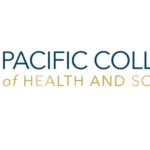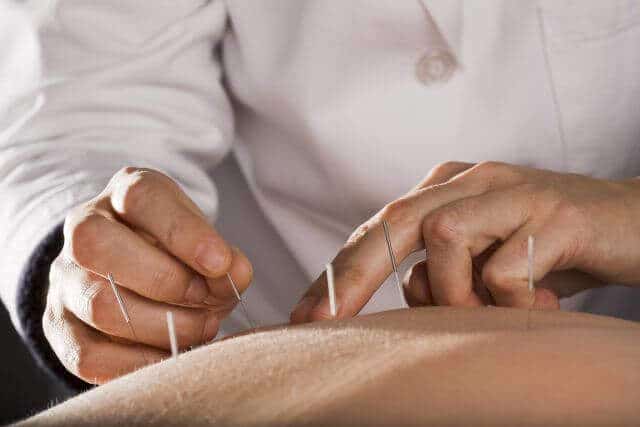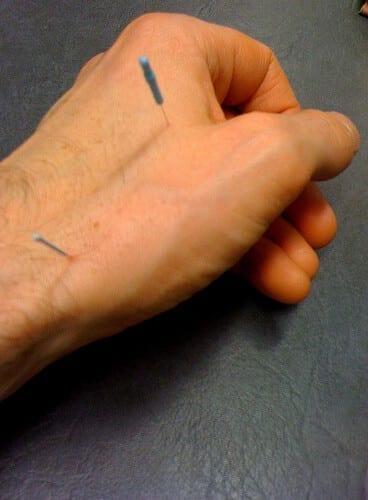Pediatric Tui Na Treats a Variety of Childhood Ailments

Traditional Chinese Medicine promotes the use of therapeutic massage, or Tui Na, for the treatment of infants. Until the age of 10, children respond well to this gentle form of therapy. Learn about the various conditions that Tui Na can heal. The ancient Chinese practice of therapeutic massage, or Tui Na, is a sophisticated technique …
Continue reading “Pediatric Tui Na Treats a Variety of Childhood Ailments”


